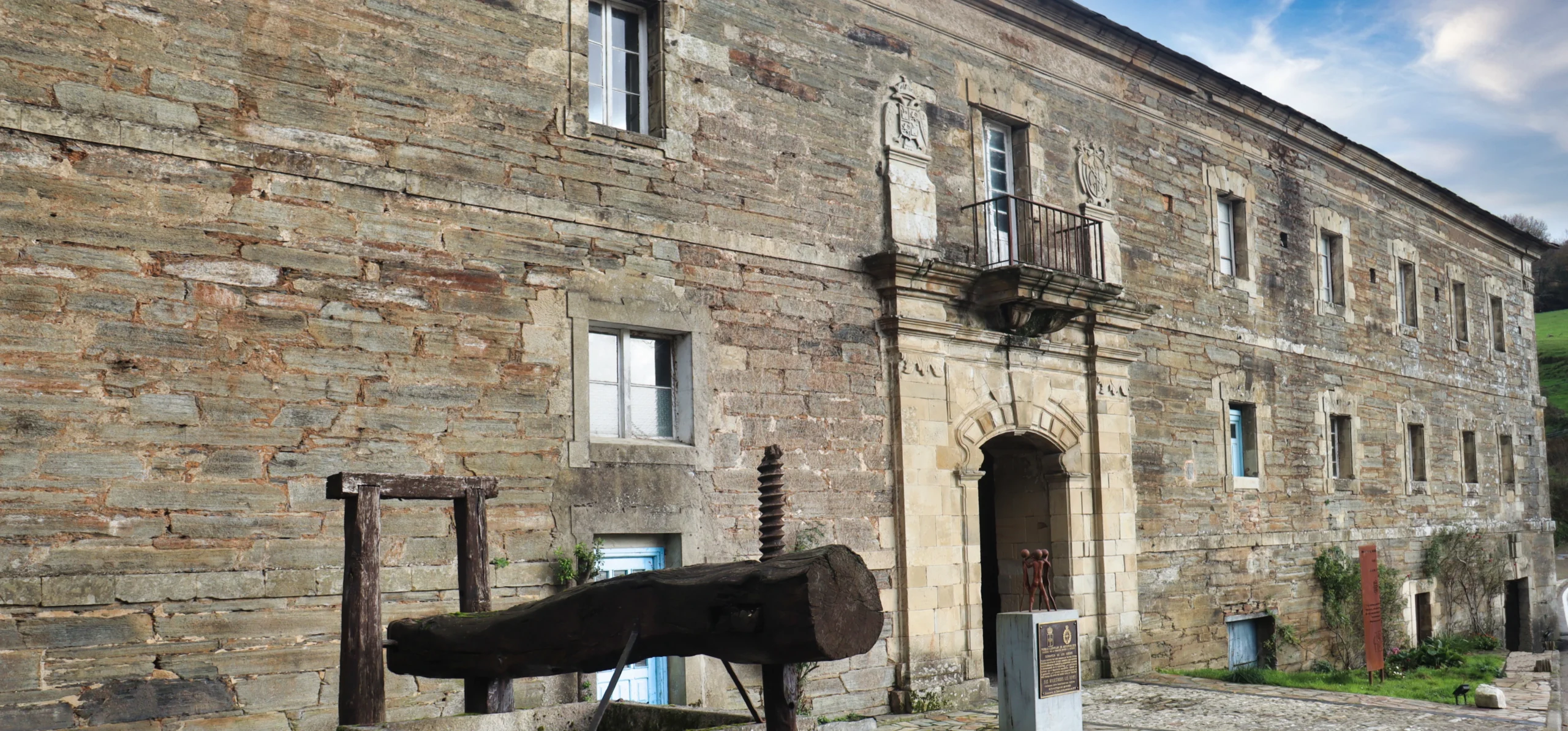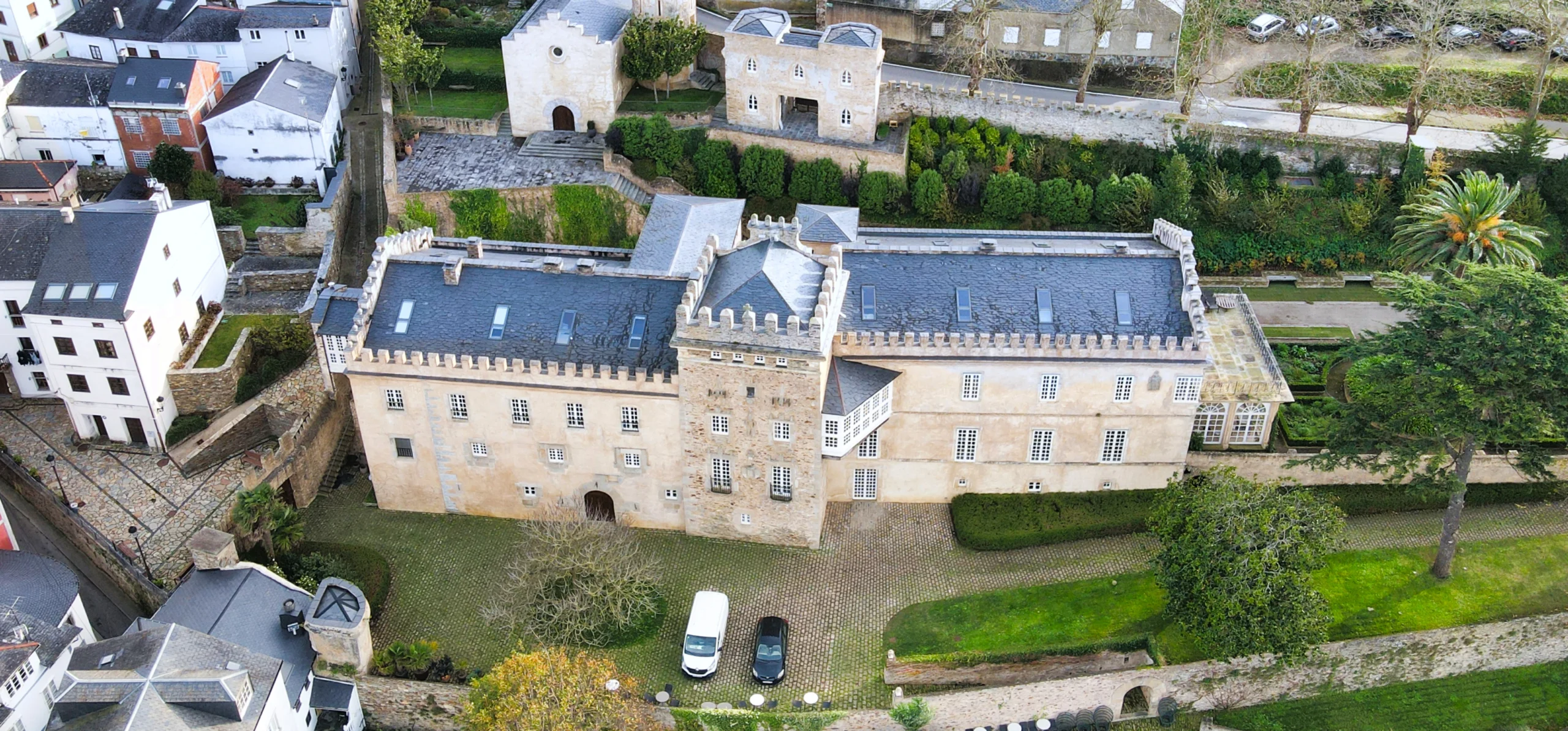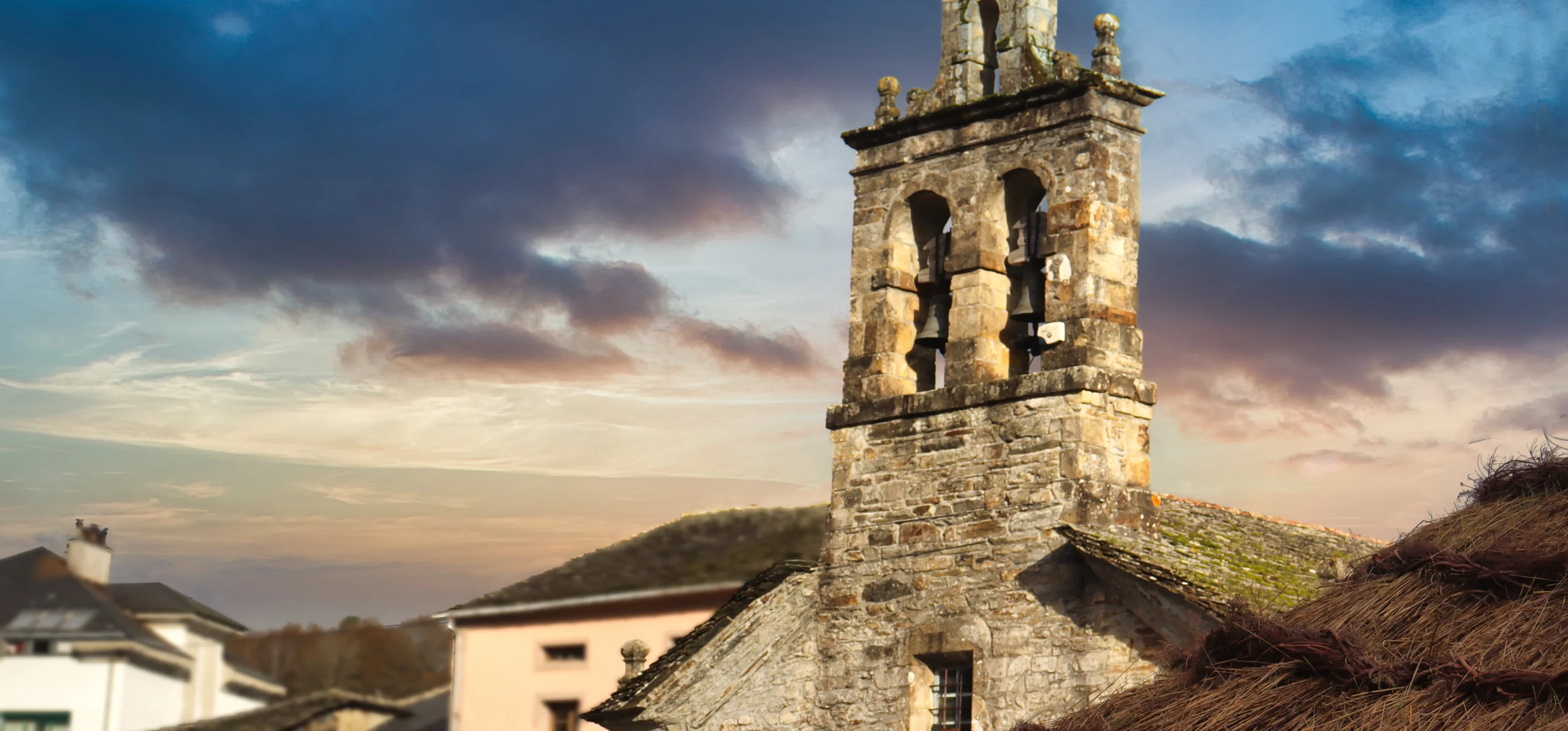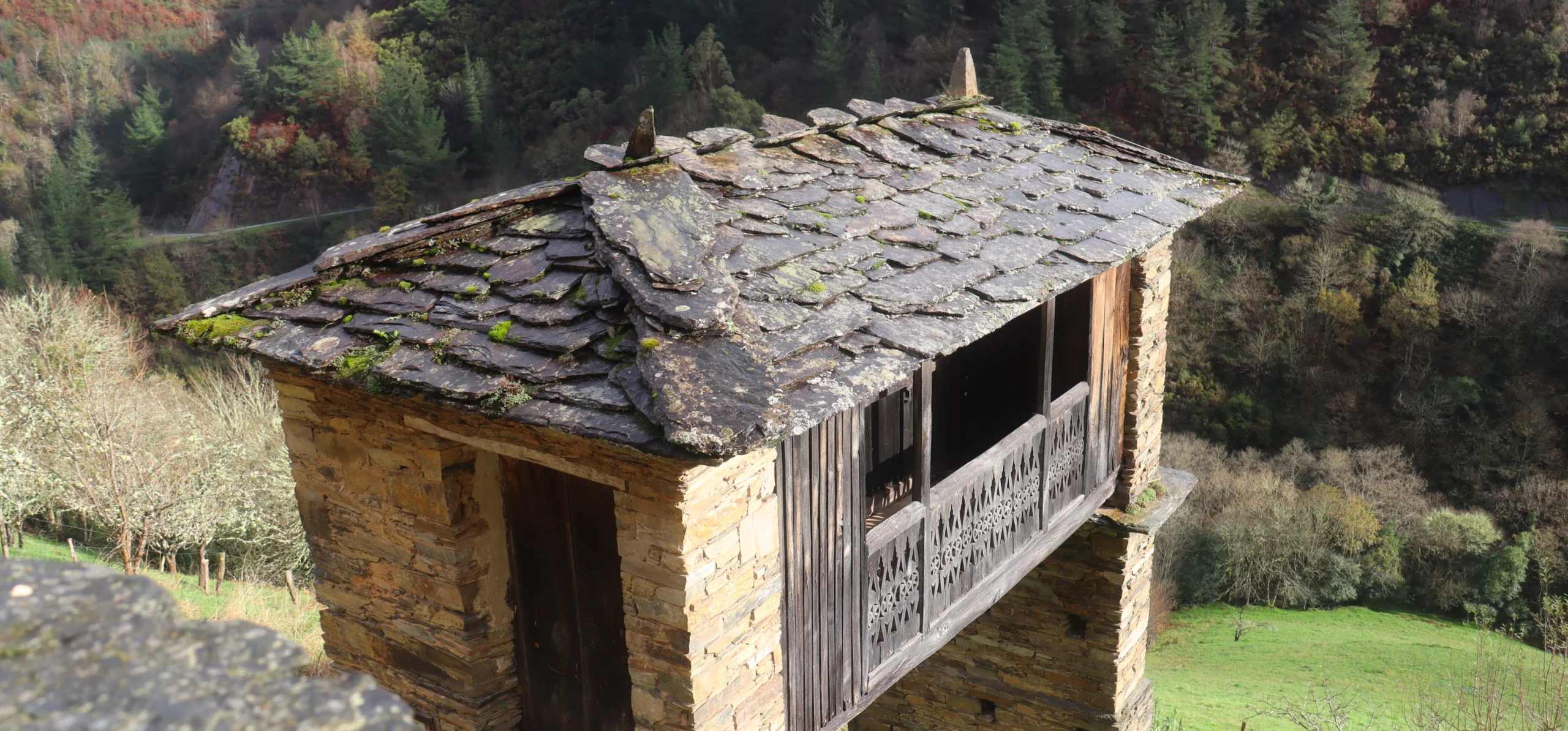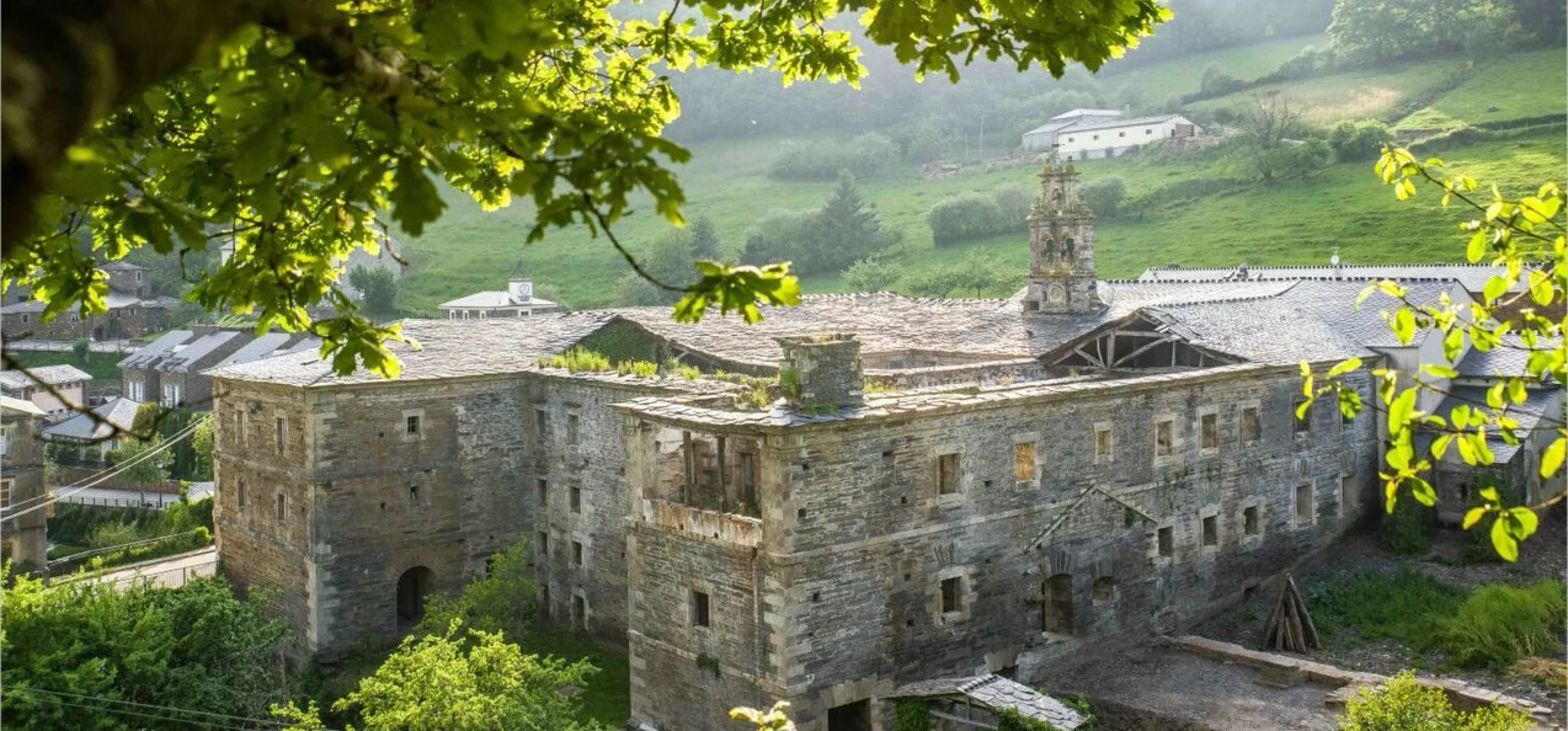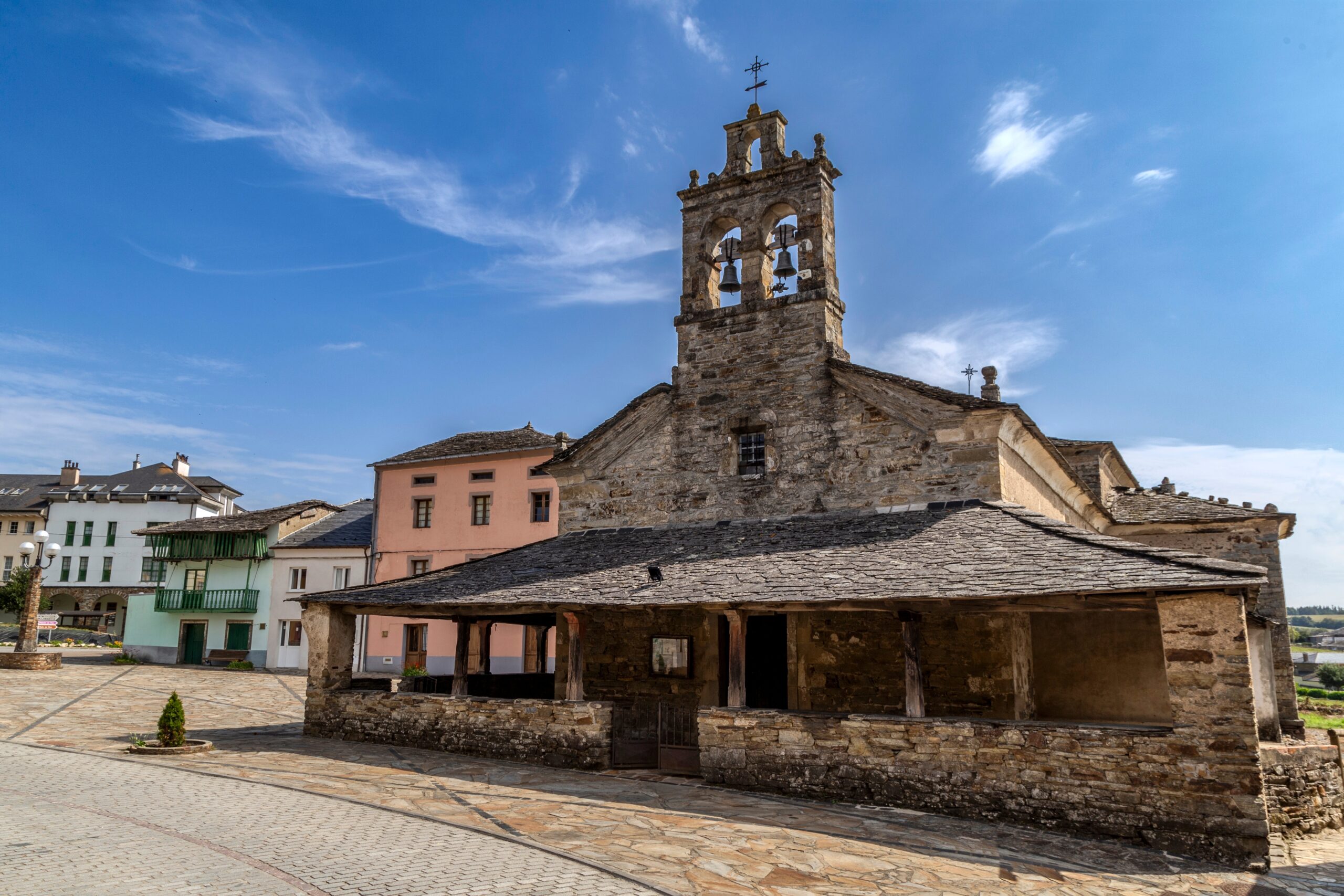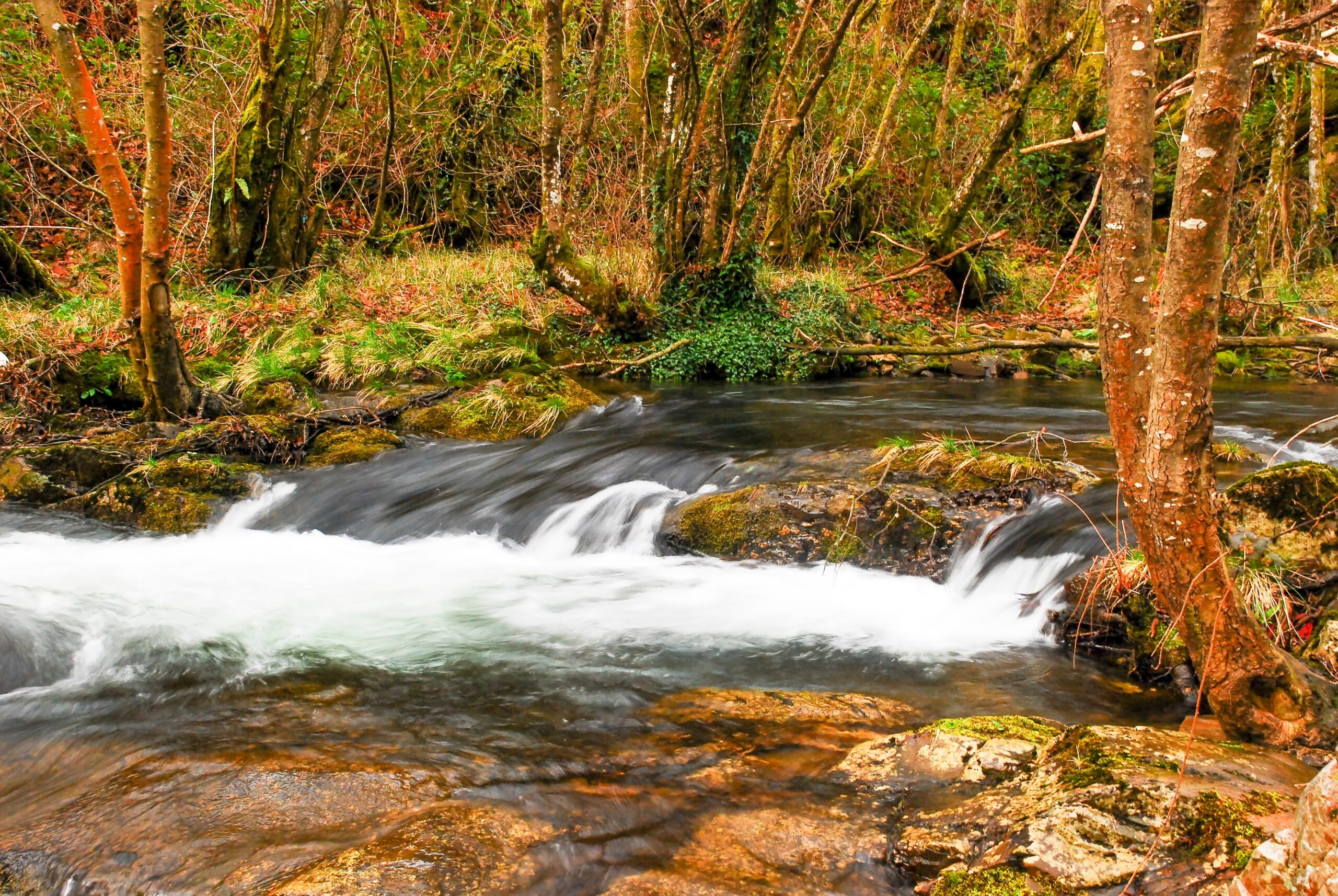History
Redacción Oscos-Eo 08.04.2025
The region of Oscos-Eo, located in the extreme west of Asturias, is a corner where time seems to walk to the rhythm of the ancient ferreiros and the serene waters of the Eo.
This land, declared a Biosphere Reserve, has been shaped for centuries by the close relationship between man and nature. Since the Middle Ages, Oscos-Eo was the land of monasteries such as Santa María de Villanueva, which promoted repopulation and agricultural and artisanal activity. Especially famous was its iron and steel tradition: the blacksmiths of the area, known as “ferreiros”, turned the Oscos into an authentic reference of hand-worked iron, whose ingenious hydraulic mallets can still be admired today in museums and ethnographic routes.
But Oscos-Eo is much more than forge and tradition: its trails cross fairytale forests, dotted with villages that proudly preserve their granaries and paneras, living witnesses of a popular architecture that has stood the test of time. In addition, the Eo, which gives its name to the region, has been a means of communication and sustenance for centuries, forming the backbone of a unique cultural landscape between Asturias and Galicia. To visit Oscos-Eo is to immerse oneself in a living history, where each path tells a legend and each stone keeps the echo of a past that continues to beat in the present.
The CEDER Oscos-Eo (Center for the Development of the Oscos-Eo Region) is a non-profit organization whose objective is the development of the region.
Article 6 of its bylaws lists its purposes:
- Participate in development initiatives and programs promoted by the different Public Administrations.
- Act as a Rural Development Group, Local Action Group and Coastal Action Group, within its scope of action.
- To sensitize the Local, Autonomous and State Administrations, as well as European Community Institutions, other entities and the population in general, in order to optimize the use of the endogenous resources of the Region, with a view to its harmonious and integrated development.
- To contribute to the cohesion and social dynamism of the regional territory.
- Contribute to the conservation and promotion of natural and cultural heritage.
- To serve its members as a receiving and distribution center for all information related to the field of Local and Regional Development.
- To enable the exchange of experiences and methodologies of intervention in the field of Local and Regional Development among the associates.
- Contribute to the exploitation of all the internal potentialities of the area, in order to promote the birth of diversifying and job-creating economic activity initiatives.
- To join networks or associations of a broader scope that promote regional development.
The CEDER Oscos-Eo was constituted in 1995 in Vegadeo and its scope of action is the Oscos-Eo region, the councils of Castropol, San Martín de Oscos, Santa Eulalia de Oscos, San Tirso de Abres, Taramundi, Vegadeo and Villanueva de Oscos: Castropol, San Martín de Oscos, Santa Eulalia de Oscos, San Tirso de Abres, Taramundi, Vegadeo and Villanueva de Oscos, located in the far west of the Principality of Asturias.
The CEDER Oscos-Eo is made up of the seven town councils of the region and a series of groups representing the social fabric and economic sectors of the territory.
The governing and management bodies of CEDER Oscos-Eo are the General Assembly and the Board of Directors. In turn, there is a Fishing Commission, to manage issues related to the activity of the entity as a Coastal Action Group.
The CEDER Oscos-Eo has technical staff to manage and develop the programs and tasks it executes.
Source: WEB CEDER OSCOS-EO
More from the Blog
-
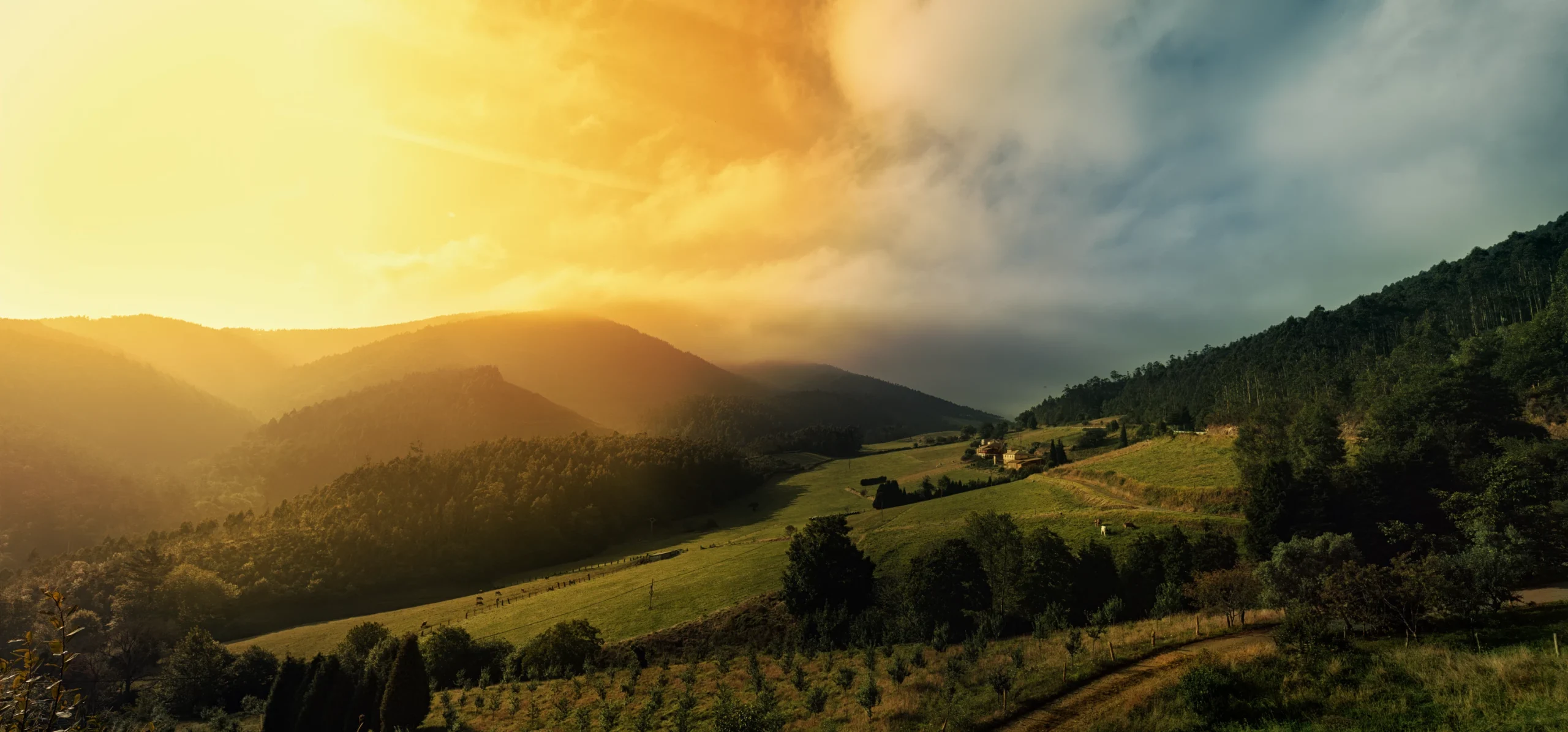
- 04.04.2025
- By Redacción Oscos-Eo
The Oscos-Eo region
The Oscos-Eo region is located in the extreme west of the Principality of Asturias, 150 km from Oviedo and bordering geographically with the province of Lugo.
-
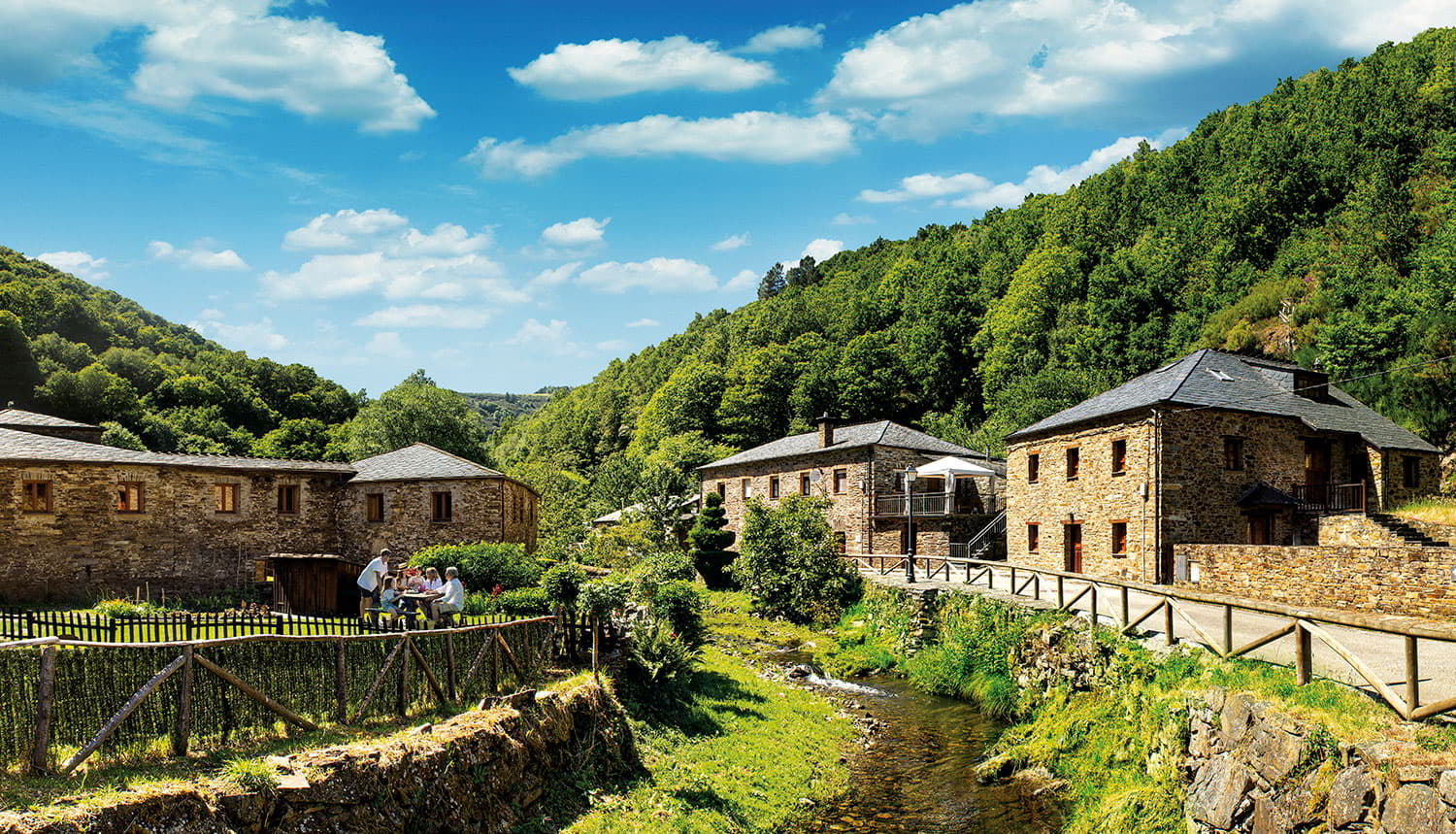
- 07.03.2025
- By Redacción Oscos-Eo
Los Oscos, Exemplary Town of Asturias 2016
A tour of Los Oscos, brand new Exemplary Village of Asturias 2016, taking the witness of San Tirso de Abres and Castropol, which were previously.



